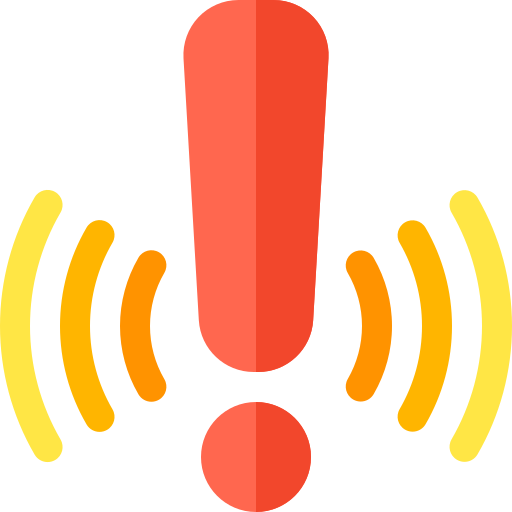This summer, British Columbia has seen a flurry of emergency alerts—from raging wildfires to a tsunami advisory—highlighting the importance of timely warnings. While the current system has proven its worth, experts say it’s time to rethink how alerts are delivered across the province.
Who Sends the Alerts?
Right now, local governments and First Nations are responsible for initiating emergency alerts. If there’s an immediate threat to life—like an evacuation order—they can request the province to issue a broadcast-intrusive alert. These alerts override TV and radio programming and are sent directly to cellphones in the affected area. Most people are familiar with this system through Amber Alerts.
But here’s the catch: local authorities can’t trigger these broadcast alerts themselves. For lower-level threats—like the July 30 tsunami advisory—communities must rely on their own websites, social media, or third-party platforms like Alertable or Voyent Alert.
Too Many Systems, Too Much Confusion
This fragmented approach can be problematic, especially in areas with overlapping jurisdictions. In Greater Victoria alone, 13 municipalities use at least four different alert systems, creating confusion for residents.
Shaun Koopman, emergency services manager for the Strathcona Regional District, believes it’s time for a more streamlined solution. He’s advocating for a single alert provider contracted by the province to serve both provincial and local governments.
Under this model, residents could subscribe to one platform and receive alerts from any community they live in, work in, or travel through. Koopman argues this would reduce costs for local governments and First Nations, who currently fund their own systems.
“It’s one default system… so every member of the public and every community at least has that blanket coverage,” Koopman said.
More Ways to Reach More People
Tarina Colledge, chair of the B.C. Association of Emergency Managers, supports the idea. She says a unified system could deliver alerts via text, email, and even landline calls—ensuring rural residents and older adults aren’t left behind.
Not Everyone’s Convinced
Still, some officials prefer the current setup. Erin Stockill, emergency program officer for the District of Saanich, argues that broadcast-intrusive alerts are more effective because they reach people near the danger zone instantly—without relying on user subscriptions.
“There’s no guarantee that someone who’s subscribed is in close proximity to the hazard,” Stockill said. “This broadcast system ensures speed and effectiveness so the people who need to know will be made aware.”
What’s Next?
When asked about adopting a single-provider model, the Ministry of Emergency Management and Climate Readiness didn’t give a direct answer. Instead, it emphasized that it reviews each emergency—whether it’s a tsunami, wildfire, or flood—to identify areas for improvement.










